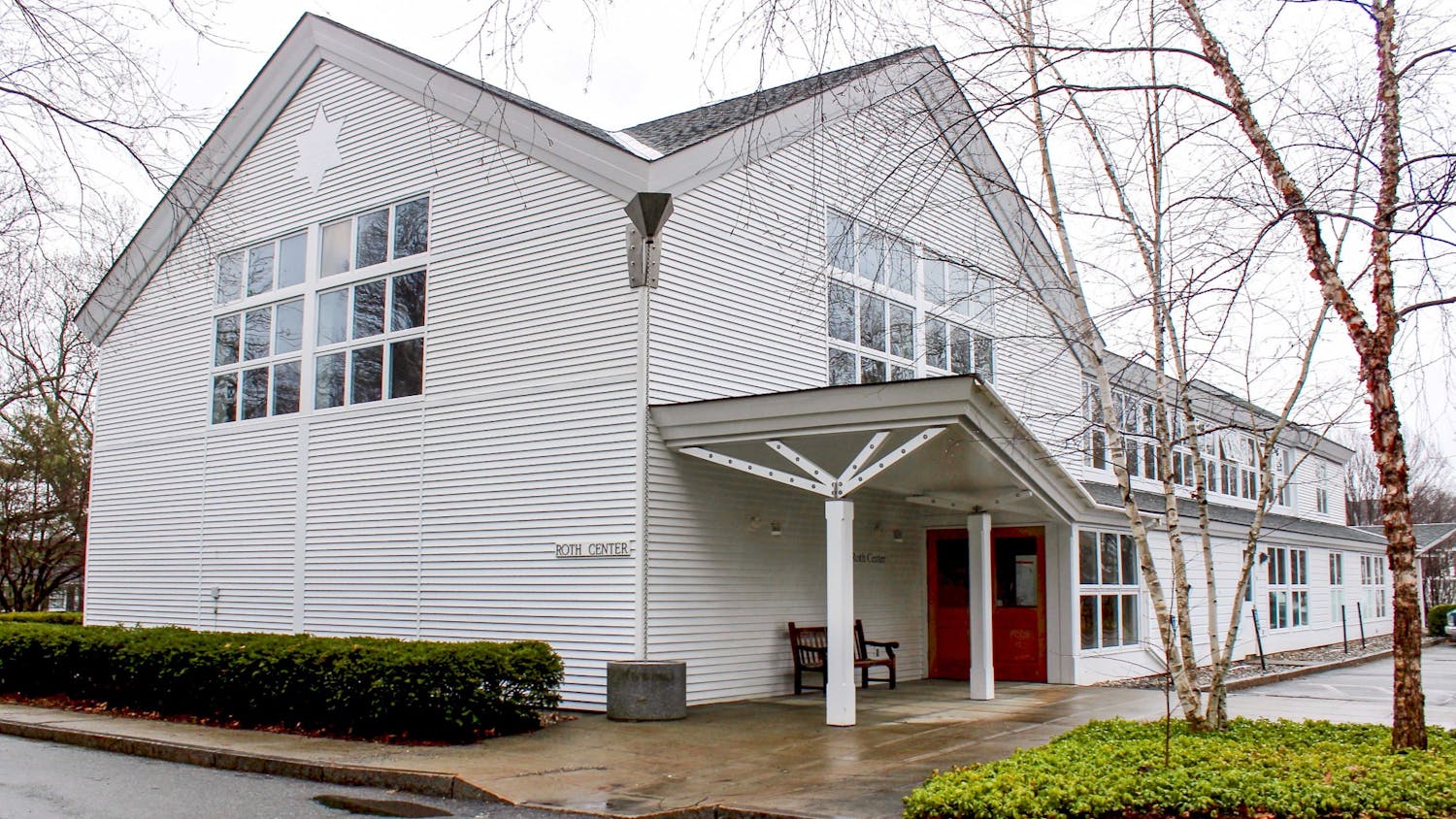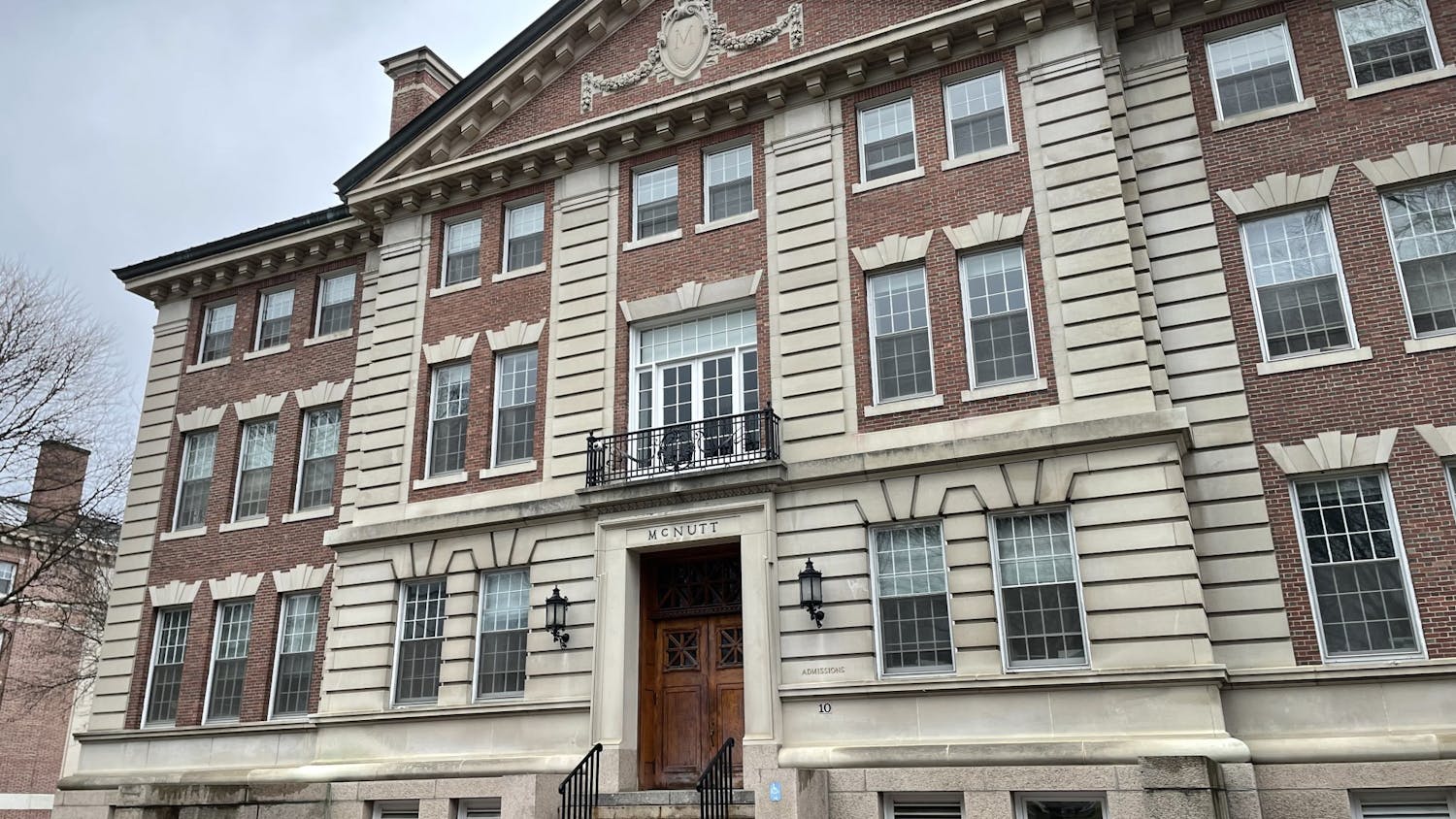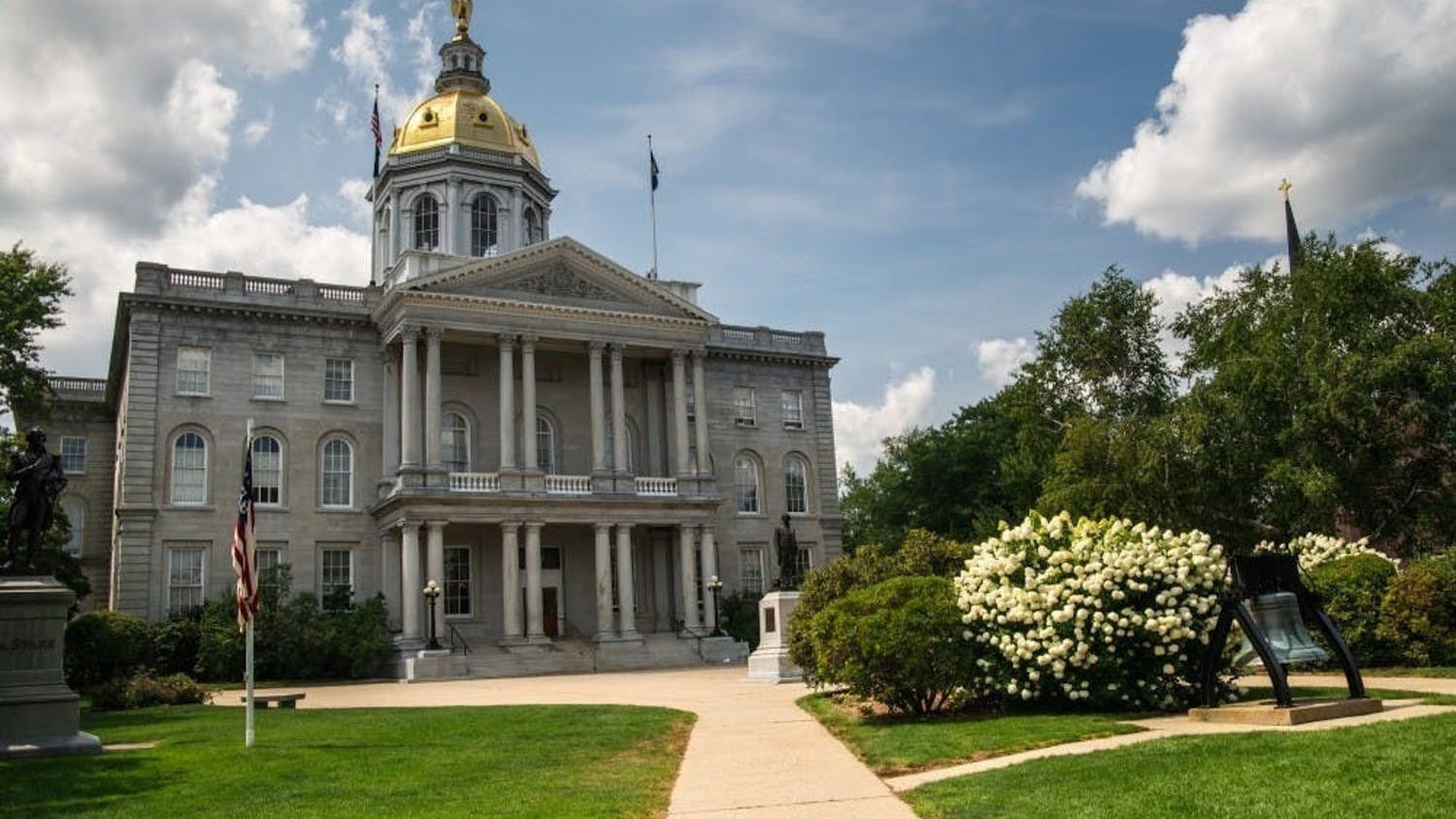On Friday, The Dartmouth reported that the College accepted 10 percent of applicants for next year's incoming class, a slight increase from last year ("College admits 10 percent of applicants to Class of 2017," March 29). Yale, Harvard, Princeton, Stanford and a handful of other schools all announced this past week that they accepted less than 10 percent of applicants for their respective freshman classes.
Apparently embarrassed by Dartmouth's inability to bludgeon applicants with the same efficiency as her sister institutions, The D's editorial board suggested that Dartmouth's meager 90 percent rejection rate coupled with a tiny downturn in the number of applicants was symptomatic of "deeper problems" at the College ("Verbum Ultimum: Symptoms of Deeper Problems," March 29).
The Dartmouth's editors are correct. There is a deeper problem at the College, but it is one that is shared by all of these institutions, which find their worth in becoming increasingly elitist about admitting applicants. The irony is that the admissions offices at selective colleges, including Dartmouth, regularly broadcast the fact that nearly all of their applicants are capable of succeeding at their schools. So the message to rejectees is, "You should not feel bad, we would love to have you, but we don't have the room."
There seems to be widespread agreement that the admissions process to top universities has become too competitive but, like a high stakes game of chicken, no one seems willing to step back from the edge. There are about 3,600 colleges and universities in the United States. Of those, about 1,600 are two-year colleges, virtually all of which are "open admission," meaning that they will admit nearly anyone with a high school diploma. This leaves about 2,000 four-year colleges, several hundred of which are also open admission. Only about 135 colleges in the nation admit less than 50 percent of applicants. Thus, over 90 percent of four-year colleges admit more than half of those who apply. But, of course, it is the selective colleges or, more specifically, the super selective colleges, that garner our attention and attract angst.
Several years ago, during my last full year teaching high school, my seniors exacted revenge by compiling some of the most obsequious, self-serving rejection letters that colleges sent out and combining extracts from those letters. Several large daily newspapers published our story along with several students' editorial suggestions.
Many have suggested solutions to tamp back the competitive college admissions game, perhaps the most radical of which is the idea proposed by psychology professor Barry Schwartz at Swarthmore College. Schwartz recommends that competitive colleges establish minimum acceptance standards and put all applicants that meet the criteria into a lottery.
The real answer, though, will come not from making the system one of chance, or dictating solutions, but from the market itself. Much as the housing bubble burst after years of increasing demand and prices, demand for brand name colleges will begin to recede in the next few years for several reasons.
First, the population of college-age students is declining. That fact alone will produce less demand for spots in colleges.
Second, escalating costs will cause an even greater demand among students seeking financial aid. While many of the better endowed colleges can now promise to provide 100 percent of demonstrated need for admitted students, those generous pledges may not last. In any event, colleges may tighten definitions of demonstrated need.
Third, families will recognize that an Ivy League undergraduate degree no longer assures graduates placements in good jobs, if it ever did. As a parallel example, consider law school applications this year which are at a 25-year low, largely because of a sour post-law school job market.
Finally, markets reveal frauds. At some point, the perception that only a narrow band of elite schools are acceptable and that those schools are better than many other colleges will fade. The public will likely realize that the letter on someone's college sweatshirt has a lot less to do with the quality of that person's education than what the person wearing the sweatshirt makes of his or her opportunities, no matter where he or she goes. Unfortunately, that realization will come a little late for the Class of 2017.



